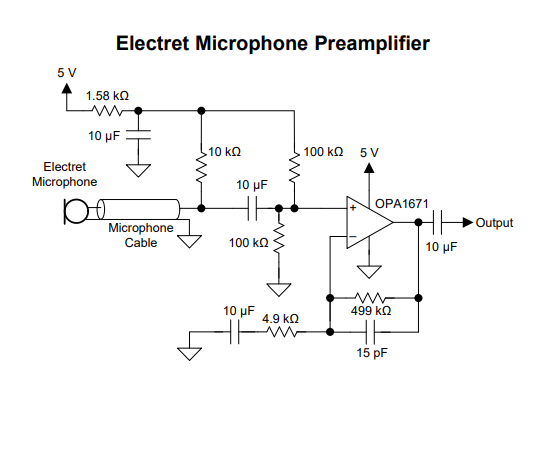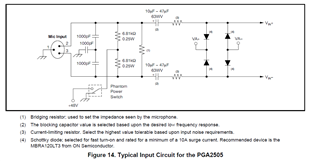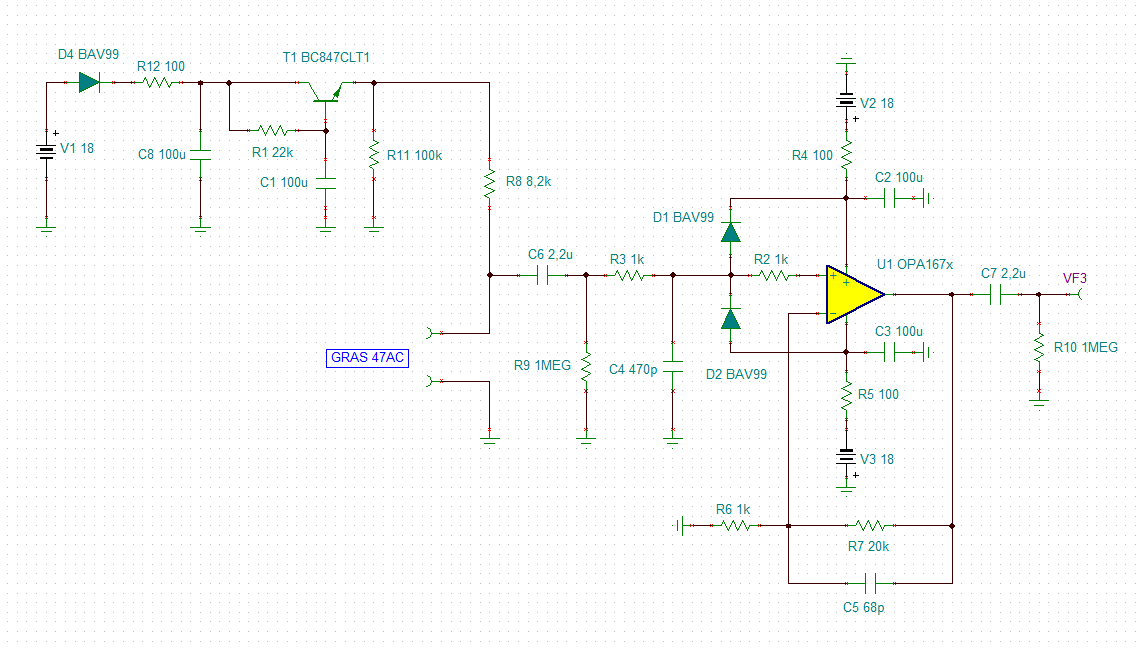I'm designing a preamplifier for a GRAS 47AC microphone. It is a Pre-polarized 1/2" CCP mic with a frequency range from .09 to 20kHz. Does anyone have recommendations for a pre-amp and ADC combination? I've been looking into the PGA2505 and PCM4204, but any advice would be welcome.
-
Ask a related question
What is a related question?A related question is a question created from another question. When the related question is created, it will be automatically linked to the original question.





